Six games into a new Premiership campaign and significant differences are already apparent between the way in which St Johnstone are building their attacks from last season to this.
Courier Sport explores the Opta statistics that back-up the impression the emphasis has changed from the Perth side playing it long to passing their way up the pitch.
The last back three
Nobody needs reminded that the dynamic of St Johnstone as a team, and the back three in particular, changed with the departure of Jason Kerr and Ali McCann.
The former was the most proficient of the centre-backs in stepping into the middle of the park and beyond, while the latter was the most effective central midfielder at taking the ball off those centre-backs and turning defence into attack.
All too often last season the Jamie McCart long (diagonal) ball became the default pass – one of the reasons Saints became a more predictable side to combat than in their double-winning year.
Unsurprisingly, McCart finished top for Saints in Opta’s Final Third Entry category.
He played the ball into opposition territory far more regularly than any of his team-mates.
McCart’s average over the course of the season was 12.1 per game, compared to the 10.3 of Dan Cleary (who played the most on the other side of Liam Gordon).
It was interesting to note that the season’s high of any Perth player was 28 by McCart in the 3-0 defeat to Livingston in October.
The habit of centre-halves making more final third entries than midfielders didn’t change over the course of the season but the team did become more adept at securing crucial victories on the back of it.
If you look at their last three league wins, it was a defender who topped the FTEs every time – Livingston (Cleary, 16), Motherwell (Rooney, 15) and Aberdeen (McCart, 12).
New back three, new approach
The drop in FTEs off the boot of the new Saints centre-backs has been marked.
And the change in style from McCart to Andy Considine is particularly noteworthy.
The ex-Aberdeen man’s FTE numbers for the six league matches so far are – Hibs five, Motherwell six, Rangers five, Aberdeen seven, Hearts seven, St Mirren four.
That’s an average of 5.6 per game. Less than half of McCart’s 12.1.
Proof of the right approach
That Saints are trying to play out from the back more than the previous season is plain.
The most important bit though, is – has it worked?
The evidence of the St Mirren match last weekend, in which Callum Davidson’s men produced both their best performance and result of the season, would suggest the answer to that is yes, very much so.
It is striking that the creative central midfielder that afternoon, Graham Carey, was far out in front in terms of FTEs on 13.
The next outfield player on the list is another ball player – Drey Wright.
And Considine is way down in seventh.
Saints are trying to pass their way up the table this season and it’s a blueprint that already has a significant success to back it up.


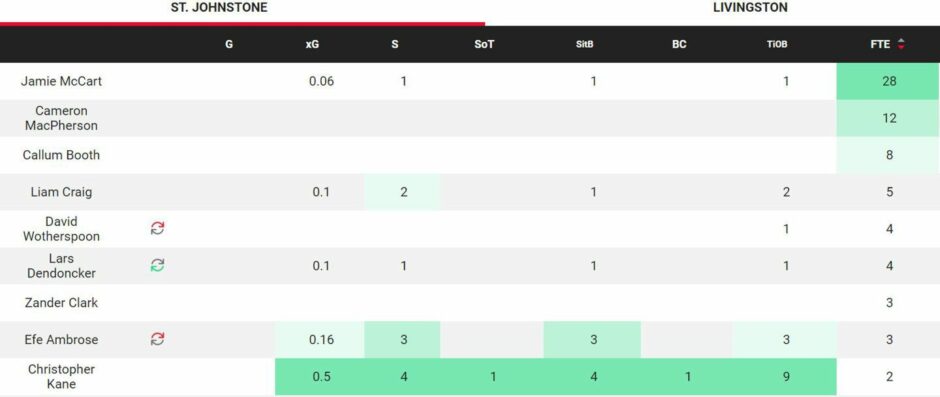
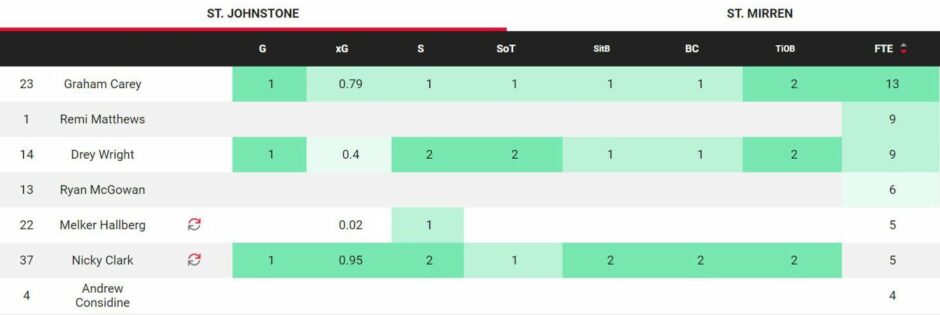




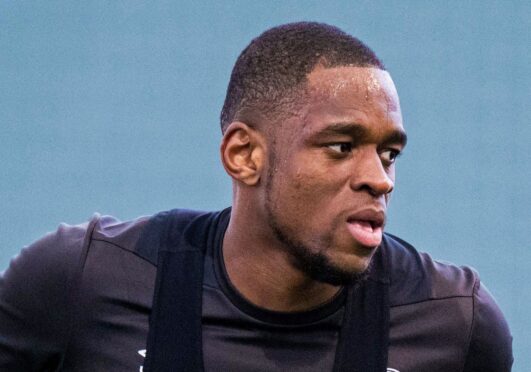

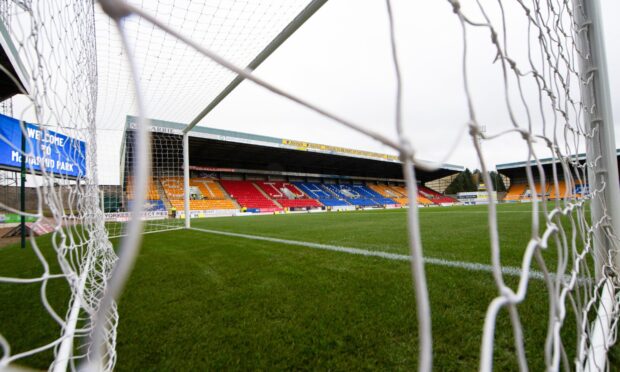
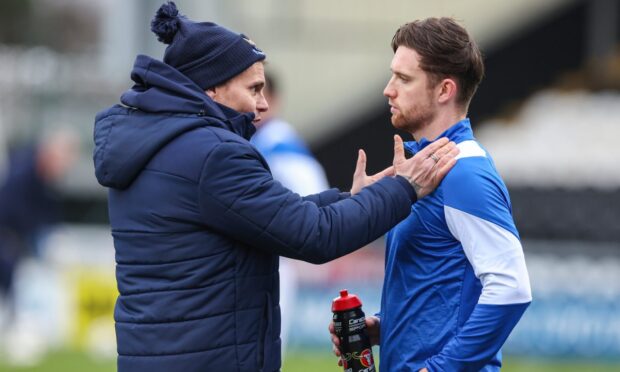
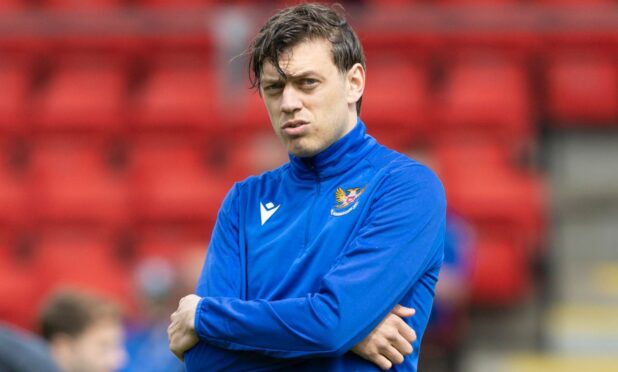
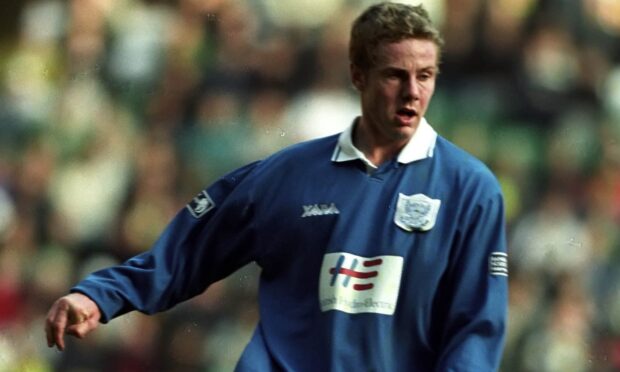
Conversation